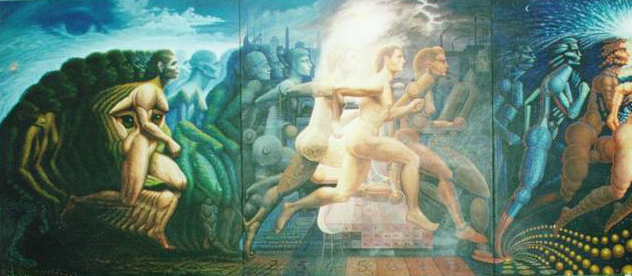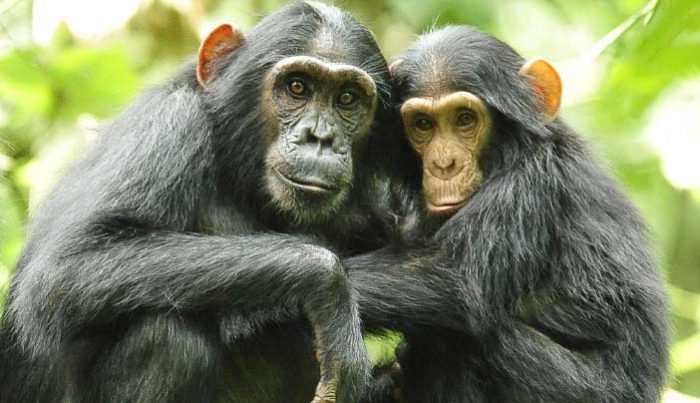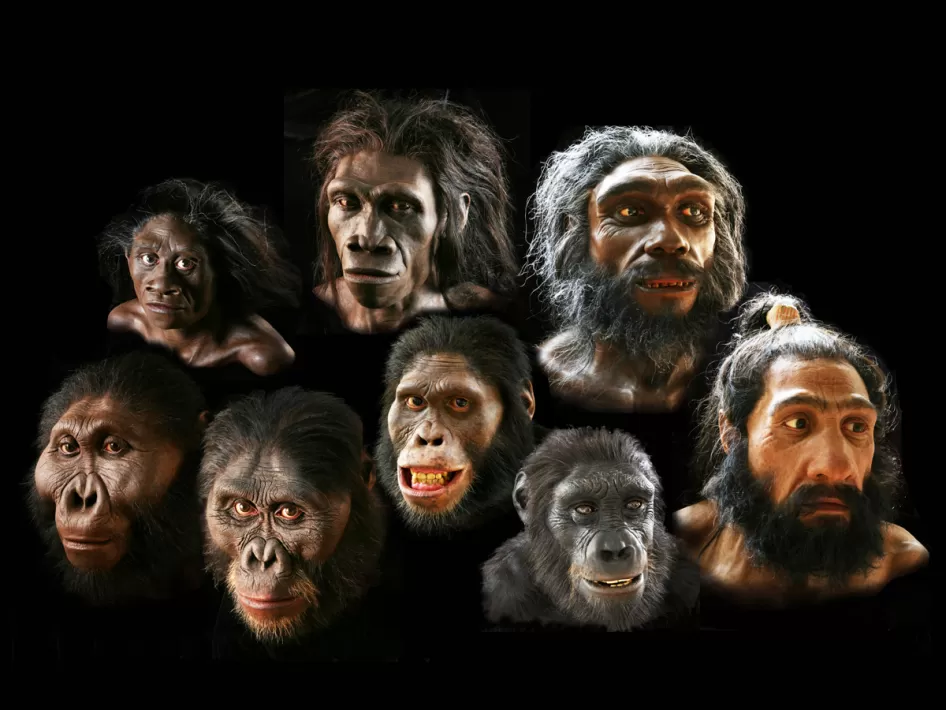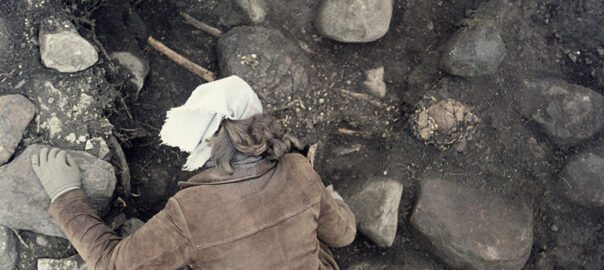
Discovering Our Distant Ancestors
Understanding human evolution, what we inherit from our animal and primate past—and how we differ—is the first step in understanding our unique place and potential as human beings.
Recent technological breakthroughs in genomic analysis, combined with archeological, paleoanthropological, linguistic and other information, now give us an unparalleled opportunity to trace humanity’s evolution and movement in time.
What we share with our nearest surviving relatives, the male-centered chimpanzee and the female-centered, erotic, and peaceable bonobo. How that understanding helps shape who we are vs. who we think we are.
Six million years ago as many as 18 different hominid species lived in East Africa. Now only one is left. How did it evolve and survive?
Travel the Journey

She Has Her Mother’s Laugh
The Powers, Perversions and Potential of Heredity
Carl Zimmer
Our understanding of heredity has come a long way and holds much promise, but we’ll need wise judgement to manage the emerging science of genetic engineering.

Neanderthal Man
In Search of Lost Genomes
by Svante Pääbo
Reviewed by George Kasabov
Neanderthals, our nearest cousin species, finally died out soon after 40,000 years ago. How are we related to them?

The Age of Empathy and The Bonobo and the Atheist
Frans de Waal
Both reciprocity and empathy – the two pillars upon which morality is built – are found in bonobos, apes and other social animals. But only humans are able to “abstract” the value and extend the behavioral constraints of “one-on-one” morality to the larger society, including strangers.
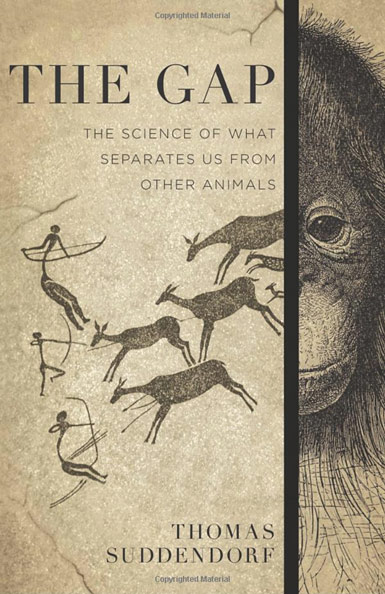
The Gap
The Science of What Separates Us from Other Animals
Thomas Suddendorf
A leading research psychologist concludes that our abilities surpass those of animals because our minds evolved two overarching qualities.
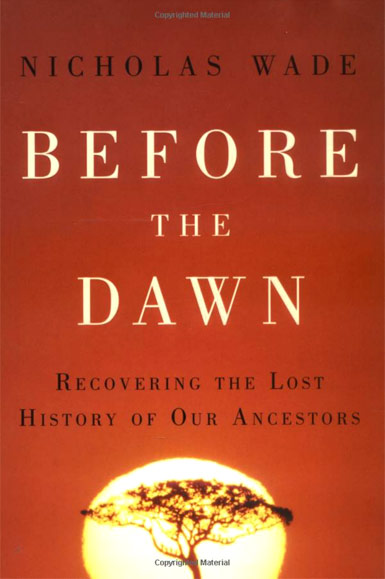
Before the Dawn
Recovering the Lost History of Our Ancestors
Nicholas Wade
New York Times science writer explores humanity’s origins as revealed by the latest genetic science.
External Stories and Videos
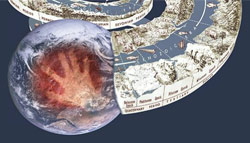
What Does It Mean to Be Human?
Smithsonian National Museum of Natural History
Learn about 5 million years of early human evolution, track research in the science of paleoanthropology, get answers to your questions from the institute’s researchers, and much more.
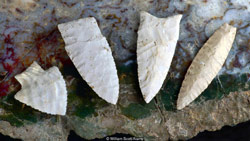
The First People Who Populated the Americas
Melissa Hogenboom, BBC
Archaeological evidence of people living in the Bluefish Caves in the northern Yukon Territory of western Canada as early as 24,000 years ago now suggests that the people who left Siberia did so 10,000 years earlier than previously thought. They remained genetically and geographically isolated in Beringia until about 16–15,000 years ago before dispersing south.

Oldest human DNA reveals lost branch of the human family tree
Scientists say they have recovered the oldest known Homo sapiens DNA from human remains found in Europe, and the information is helping to reveal our species’ shared history with Neanderthals.
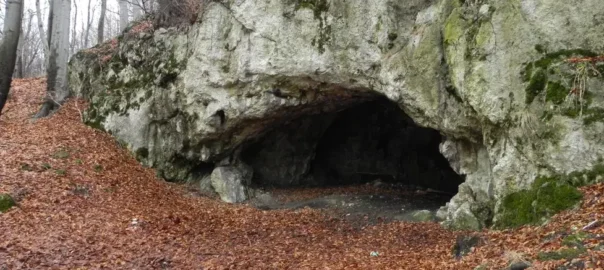
Paleolithic culture cannibalized their enemies—and maybe their friends as well
zmescience.com, February 12, 2025
In the 19th century, archaeologists in Poland unearthed a stunning cave filled with prehistoric secrets. The Maszycka Cave, as it’s called, once sheltered Magdalenian people 18,000 years ago. Now, a new study offers compelling evidence that the cave was the site of a grisly ritual — or perhaps something even darker. Did these ancient people consume their enemies?

